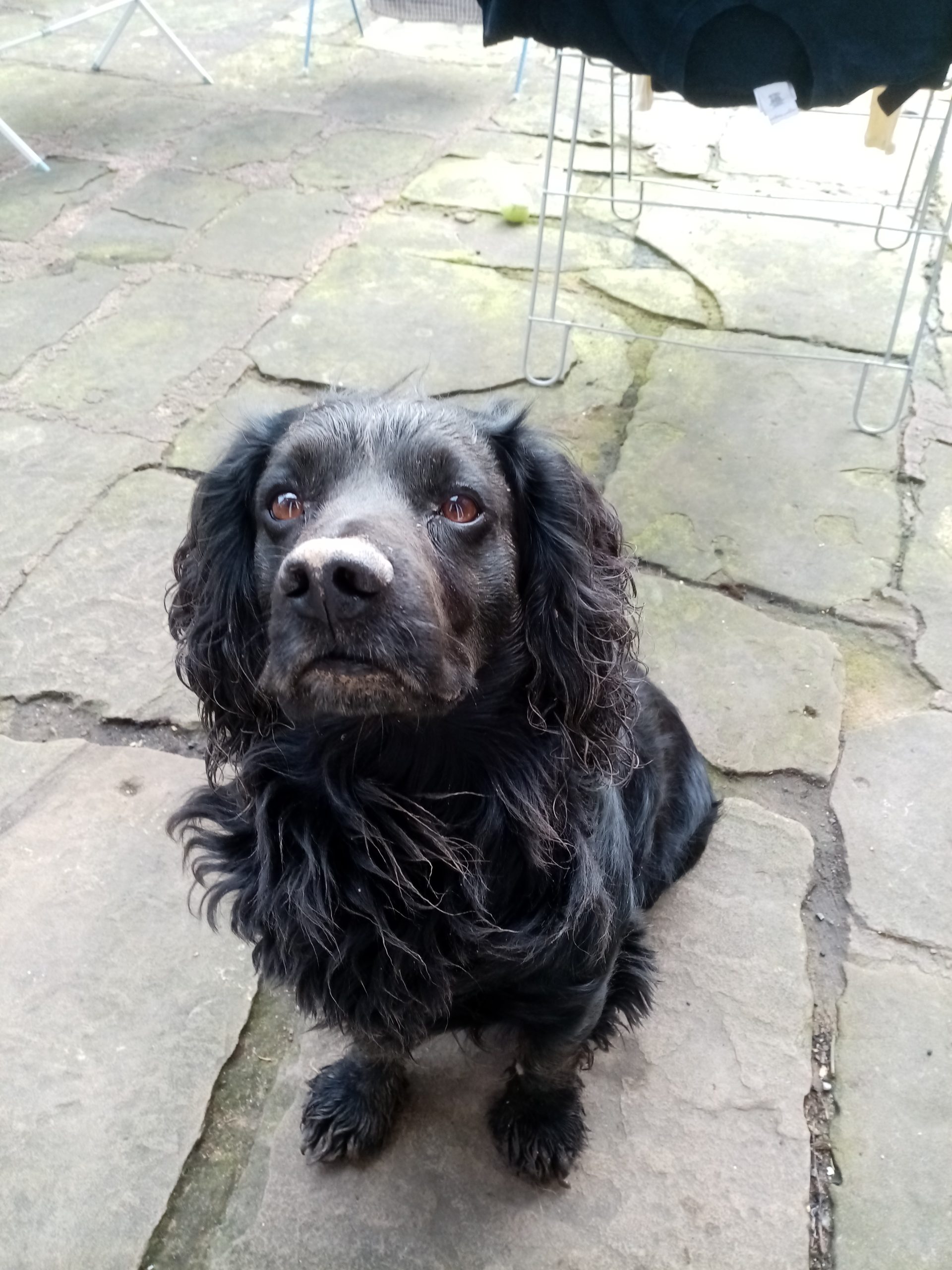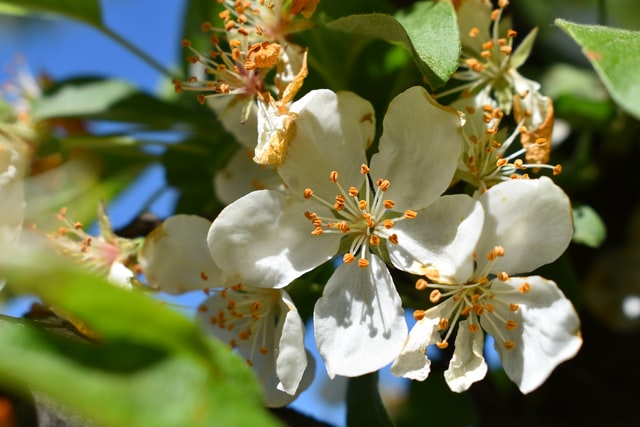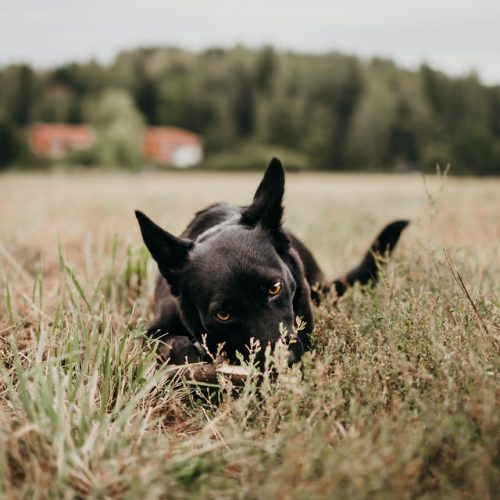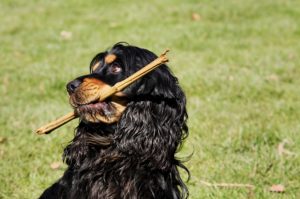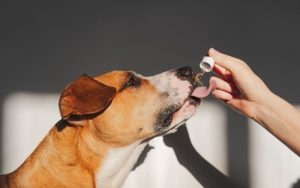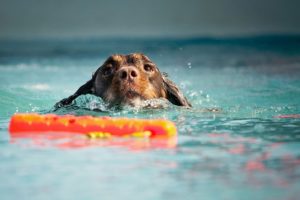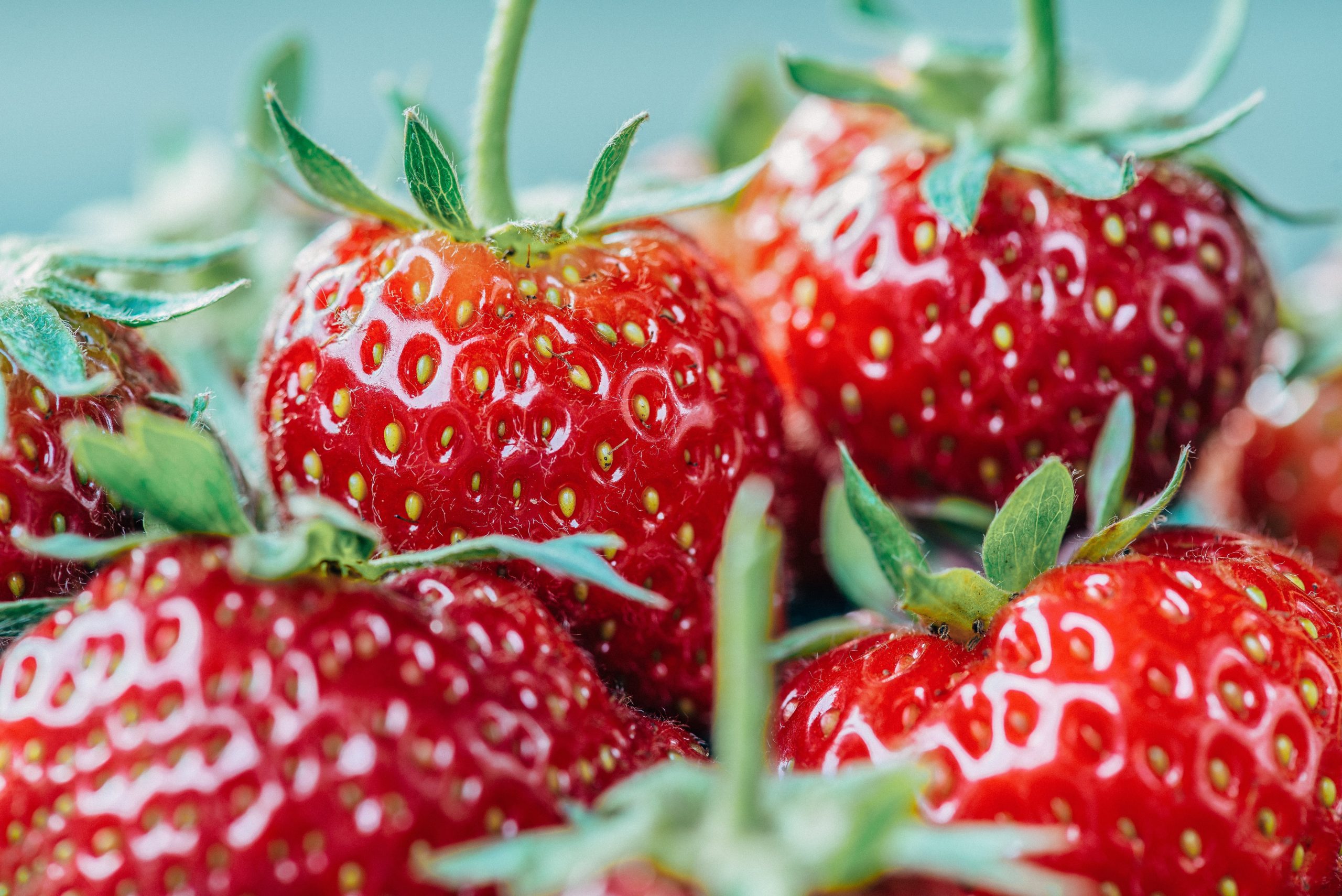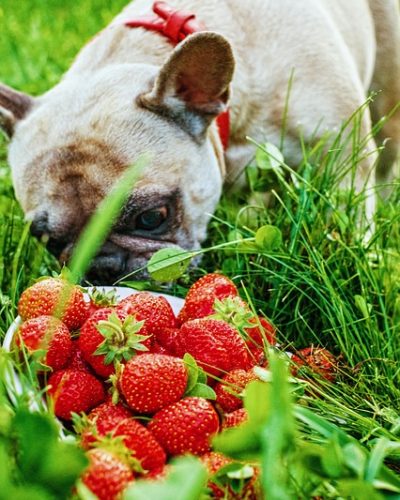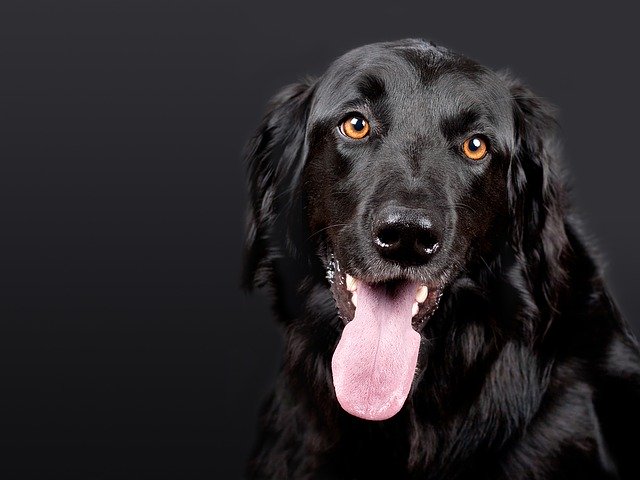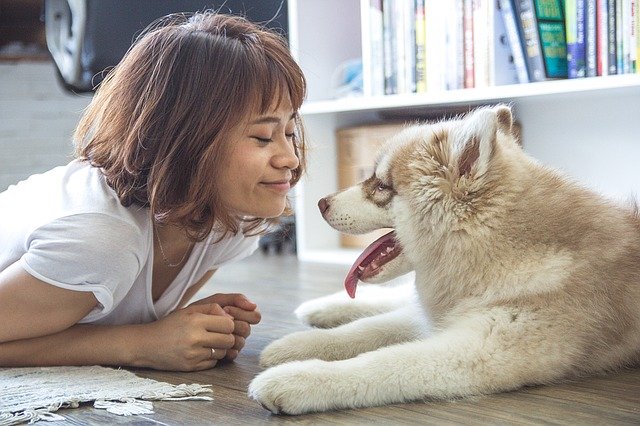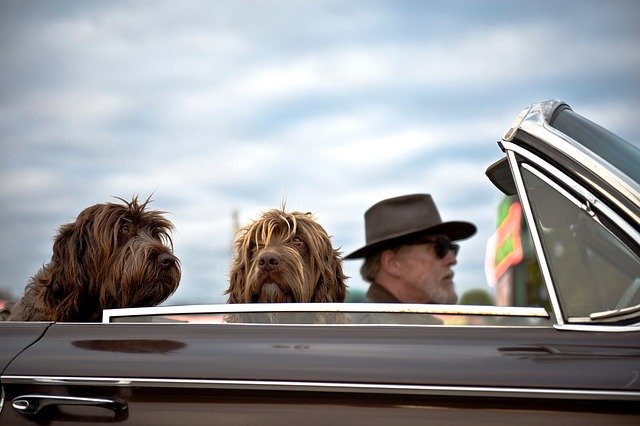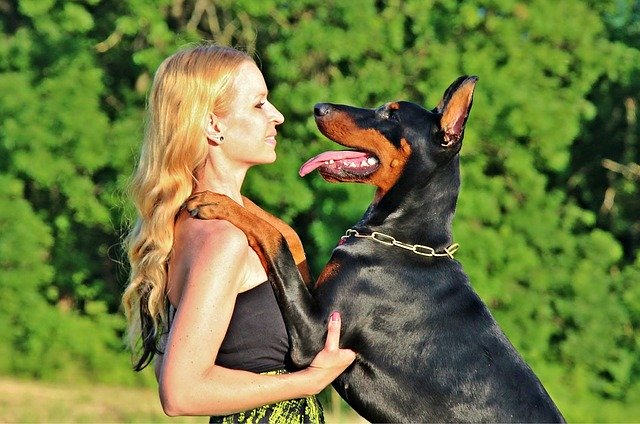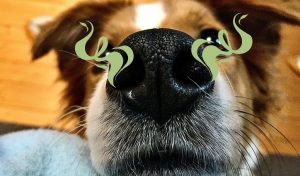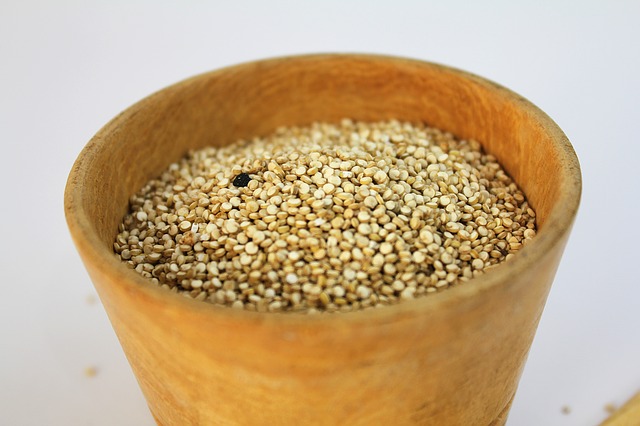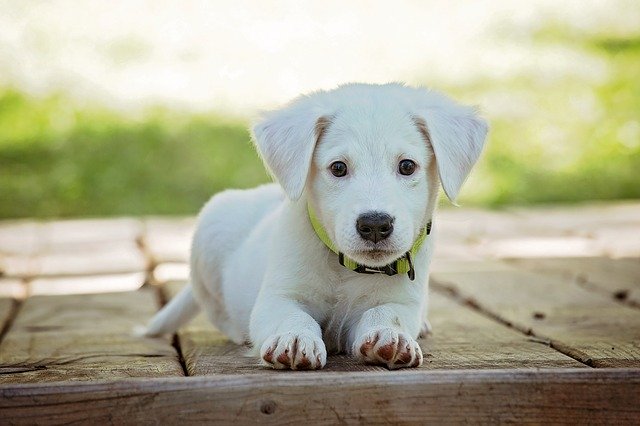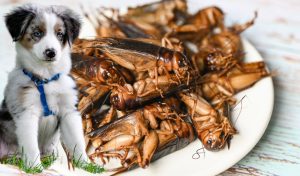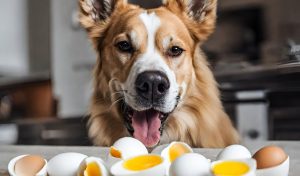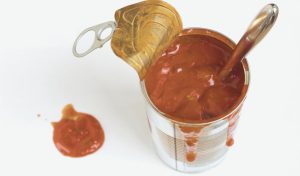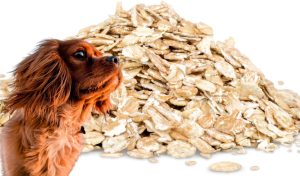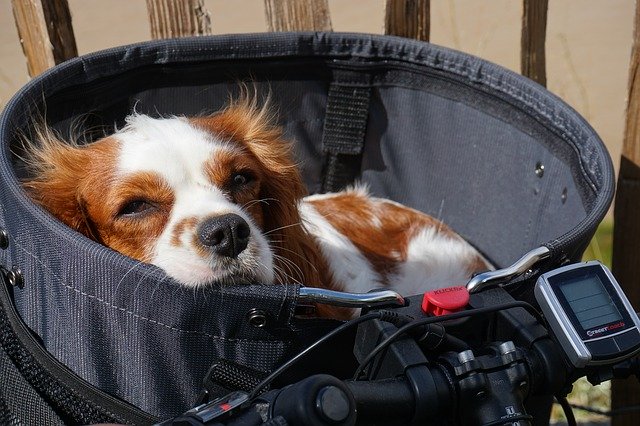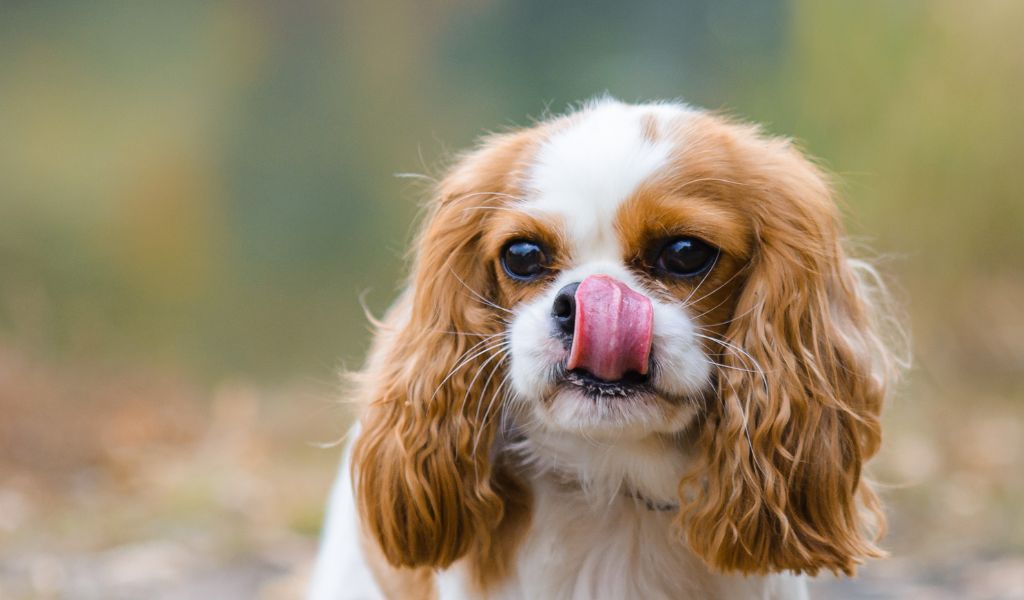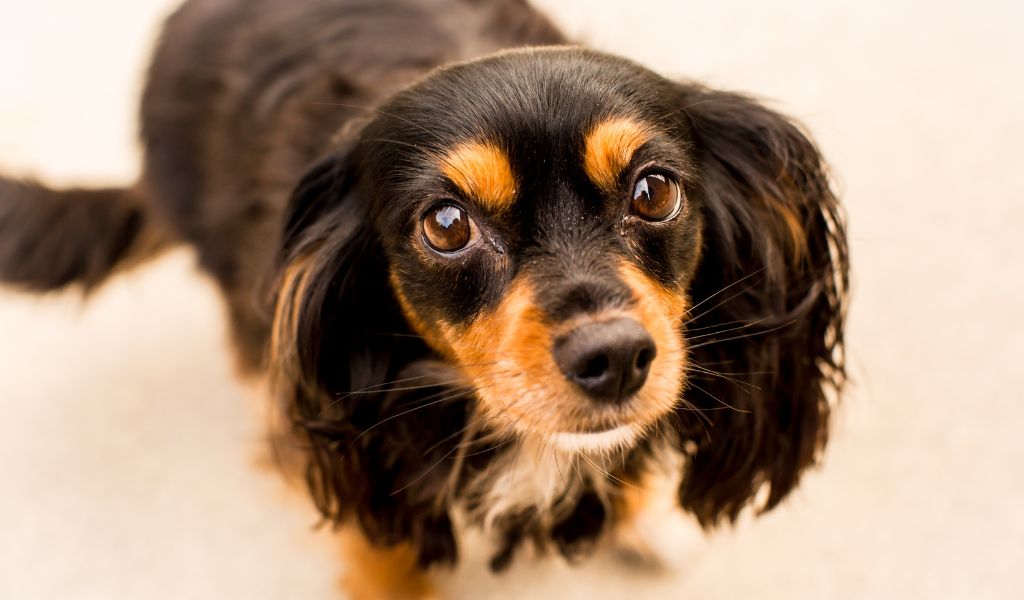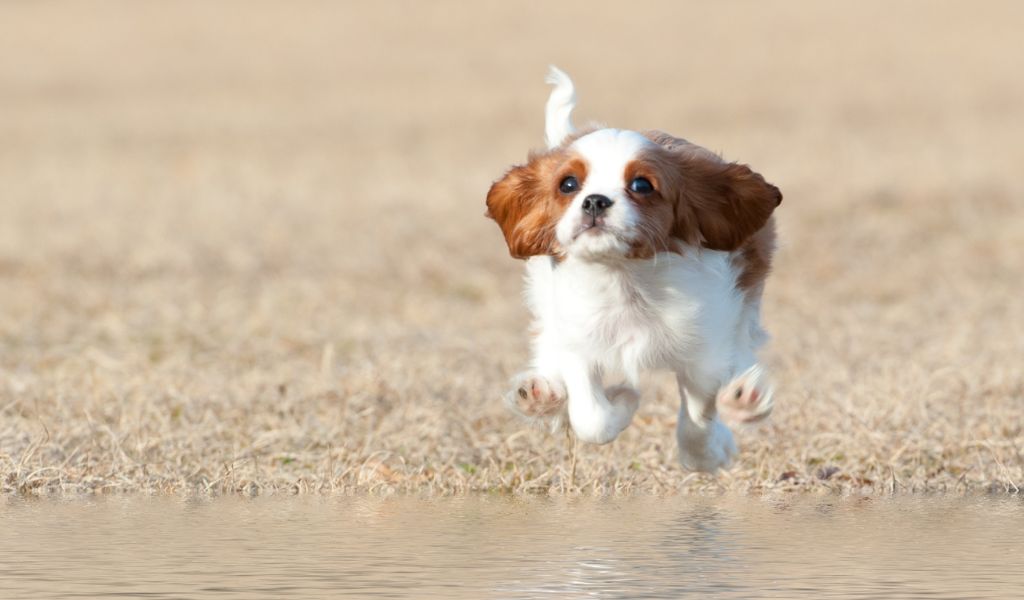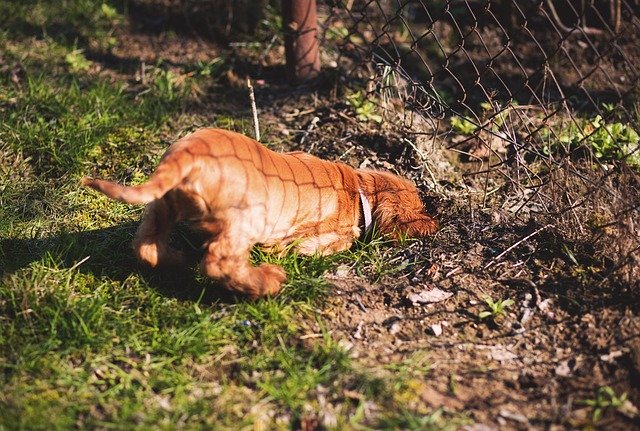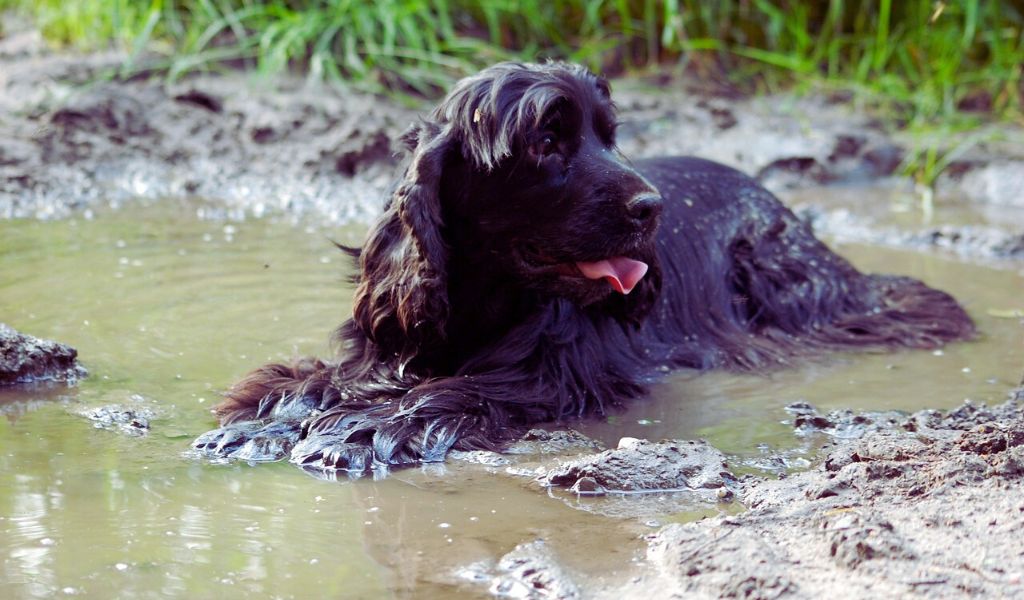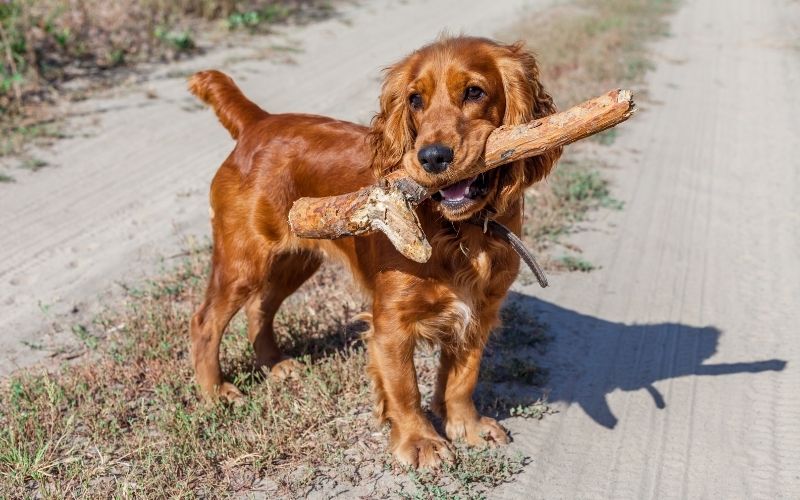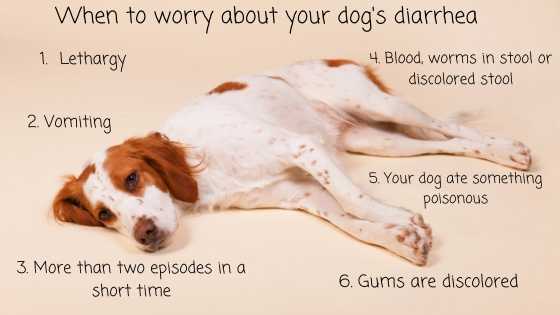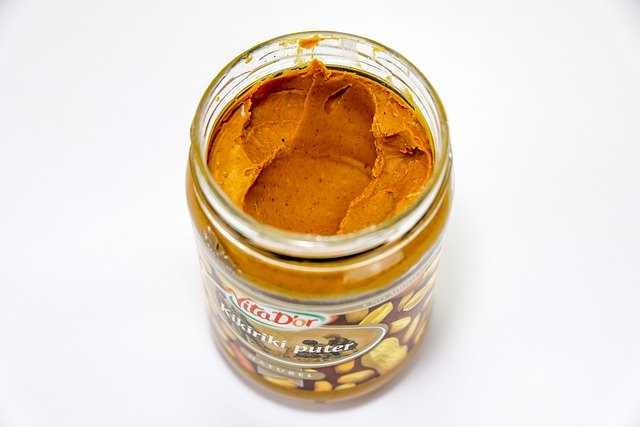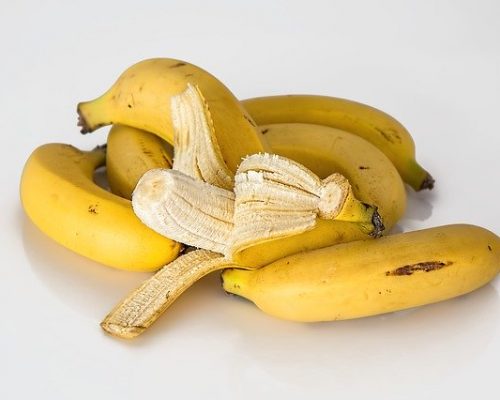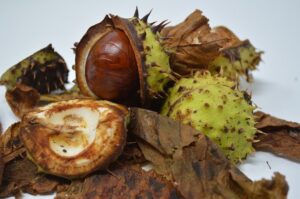So, your Cocker spaniel is digging your yard or garden up making your lawn and flowerbeds looking like a battlefield or the luna landscape.
But what makes them dog and how can you stop it?
Let’s take a look at why Cocker spaniels dig.
You’ll have probably tried a few things and will be wondering why do Cocker spaniels dig? Digging is a natural instinct in Cockers and for many dogs they will dig simply because they enjoy it. There are also other reasons related to energy, anxiety and more.
Why do Cocker spaniels dig?
Cocker spaniels will dig for a number of reasons.
My two Cockers enjoy a good dig, either in the garden or occasionally when we are out walking.
Most dogs have a natural desire to dig holes but for some, there may be other factors that cause them to dig which, could be more problematic.
My eldest Cocker spaniel, Boris, enjoys digging and I’ve noticed that he often digs if he has an excess of energy that he needs to get rid of.
But I really feel that he digs mainly because it is good fun.
Why is my Cocker spaniel digging?
If your spaniel is tearing up your garden on a regular basis then please don’t think that he is trying to displease you or make your life difficult, or that he is being naughty.
There may be some reasons for his digging and if you ask yourself some questions it may help you to identify any underlying causes:
Where is your Cocker spaniel digging? Just he just dig in one place or is it several or all over?
Is your spaniel digging for anything in particular, such as bones, tree roots, buried treasure etc?
Does your Cocker dig when he is one his own, or when a certain member of the household is not around?
When he digs, is it near a fence or gate or other perimeter or boundary?
Does your dog bury his toys, treats, bones and other things?
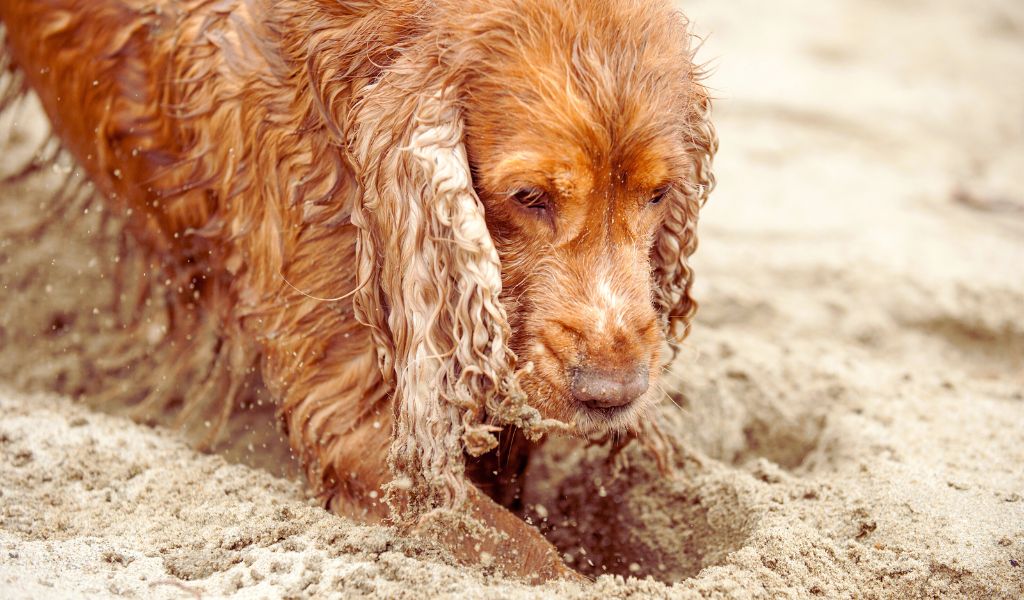
Do Cocker spaniels like to dig?
Cocker spaniels have a natural instinct to dig, which is rooted in their breeding as hunting dogs. This instinct is often exercised as a way for them to stay active and healthy.
Digging allows them to exercise their muscles, and it’s a behaviour that won’t generally cause harm if it’s done in a safe environment, like a grassy lawn.
It’s important to note that this digging behaviour is instinctive. Cocker spaniels might dig your yard extensively, which can be frustrating for owners.
This behaviour is a part of their natural instincts. Some Cocker spaniels may only dig when they are left alone for periods, possibly as a way to keep themselves busy or entertained
Energy expenditure
Cocker spaniels are real high energy dogs and younger dogs can be bursting with energy.
Your spaniel needs enough exercise to get rid of that energy otherwise he will be like a child that is kept indoors all of the time that is suddenly allowed out to play.
If he doesn’t have enough of an opportunity to burn off his energy then he will find ways to do it himself, and this often involves the high energy doggy sport of digging holes.
Frequently toys, treats, bones and items from the house such as shoes, spectacles, books and just about anything else will end up buried in the garden or yard.
Digging and hiding things in holes can become a great pastime for a Cocker spaniel.
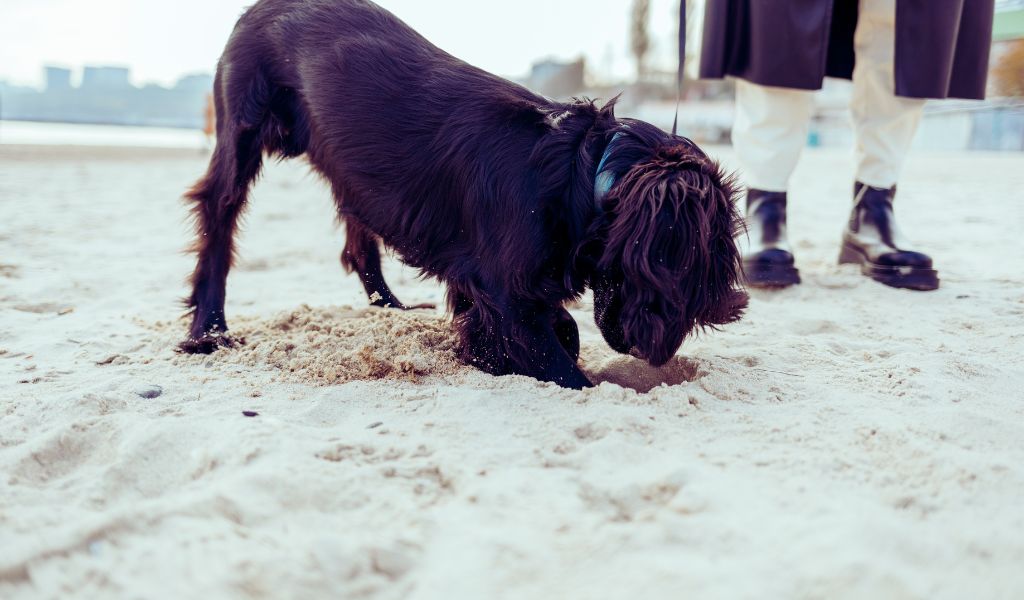
Company and Separation
Cocker spaniels are really sociable and intelligent dogs.
They love to be around their pack, which for most means their human families.
There are many breeds of dogs that can develop anxiety when they are left alone and Cockers are one breed that can suffer from this if they are left for too long.
If you leave your spaniel alone then it’s possible that he could become anxious and this anxiety can manifest through digging.
This can even occur when you have returned as the dog uses his digging as an outlet for his anxiety.
Separation anxiety is a real issue for some dogs and can be helped by your vet and your understanding of not leaving him alone for long.
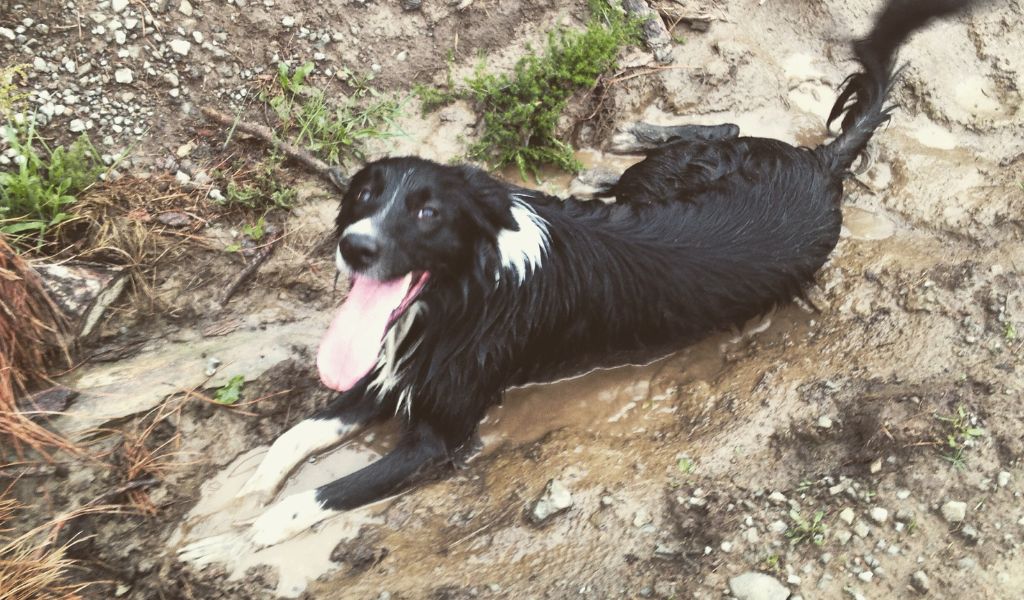
Hunting instinct
Cocker spaniels have a strong desire to hunt which is genetic in many examples of the breed.
They were originally bred to hunt in England and, in working dogs particularly, the hunting instinct is the key driver for the dog.
Not only does the desire to hunt influence your spaniel’s behaviour, but it generally means that he has higher levels of energy, that he needs to get rid of.
This can result in digging and other behaviours.
Ways to stop your Cocker spaniel from digging
Get him a sandpit
Firstly it is important to understand that some dogs just simply enjoy digging holes.
If your dog is well exercised and stimulated and still digs, then there is a chance that he just likes doing it and there’s little if anything wrong with him.
Find and area where he can dig without destroying your grass, potatoes, flowers or whatever.
Maybe you can fence off an area where he can dig happily.
Or perhaps you can buy him a childrens’ sandpit, maybe something like this one we found.
Teach him to use his sandpit
Encourage your spaniel to use his sandpit for his digging.
Put some of his toys in there for him, bury some in the sand and maybe even dig in there with him so that he gets the idea.
If you find him digging where he shouldn’t be, quietly encourage him over to his sandpit and praise him when he starts digging in it.
If you adopt this approach then he should catch on quite quickly, you will need to be consistent but Cockers are clever dogs and he should soon work it out.
There is no point in losing your temper, shouting or hitting your spaniel. He simply won’t understand and you’ll just probably confuse and frighten him.
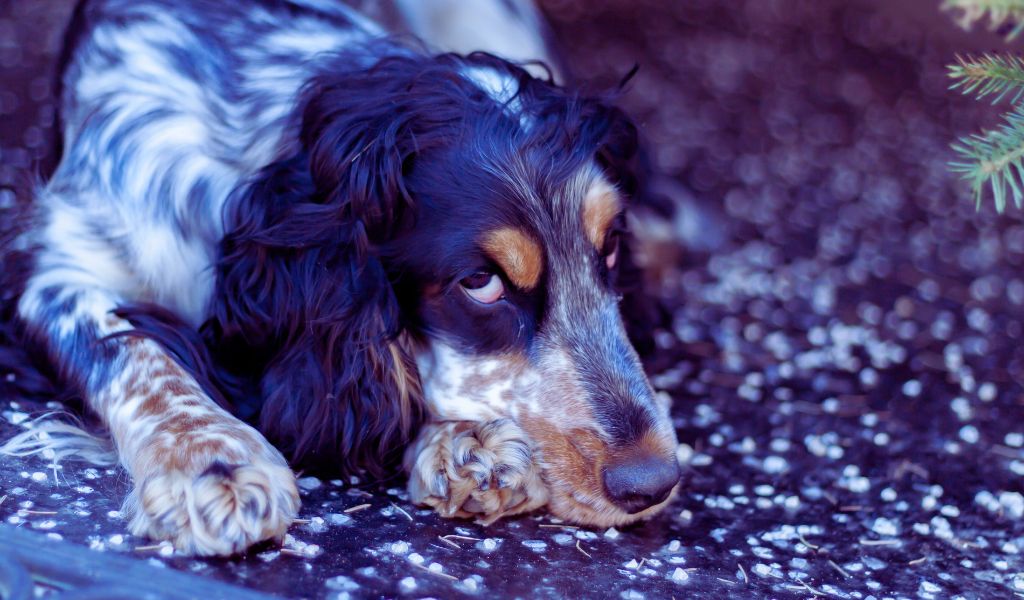
Distract him from his digging
One great thing about dogs is that they love to do interesting things.
So, if you find your spaniel digging and you don’t want to use or try a sandpit, try distracting him into doing something more interesting.
Spaniels love to play fetch, so get a ball and play fetch for a while with him.
You can also make a noise when he digs, to distract him.
An empty beer of soft drink can filled with small stones can be effective for this.
When you catch him digging, and you must catch him in the act, rattle the can loudly near to him and, when you have his attention, take him to the area where he is allowed to dig, such as his sandpit and encourage him.
He will soon catch on if you only use the can for this purpose.
Stop your spaniel from digging in the flower beds
Whenever your spaniel is outside you will need to supervise him to make sure that he only digs where he is allowed to.
You will need to do this and be consistent until he learns where he is allowed to dig.
If he heads for the flower beds or other areas where digging is frowned upon, simply lead him to his sandpit or ‘digging area’ and encourage him to dig there.
Praise him for being good and maybe give him a nice meaty treat.
Consistency is necessary with all aspects of spaniel training and you need to be patient with your dog.
Play with your spaniel to stop him from digging
Cocker spaniels love to play and you can play some great games with your dog in your yard or garden.
Games such as fetch, agility tricks, hide and seek, races and others are all options for you and your dog.
Maybe you could do some training with your spaniel. For help with this see our article here.
If you arrange playtime for the same time of day, when your dog is normally outside, then he may become less interested in digging the garden and more focussed on playing with his family.
Take your spaniel out for walks and adventures
Probably the best and most enjoyable way to stop a Cocker spaniel from digging is to make sure that he gets rid of his energy.
Take him out for walks where he can run freely.
Spaniels love to chase their noses, running free, particularly for where there are bushes, trees and other areas of cover.
There are many advantages to going out for walks both for you and your dog. The exercise is a great way to keep fit.
Your dog will love the adventures and going ‘hunting’ with his family is the best thing for him to do.
If you can go somewhere where he can swim, the beach or a river, if they are safe, then this is a fantastic way to wear him out and keep him fit too.
Work on helping your Cocker to expend his energy in positive and enjoyable ways.
Outdoor toys to keep a spaniel busy
[amazon table=”2697″]
Final Words
Why do Cocker spaniels dig? Cockers dig for lots of different reasons and as an owner if you learn to understand your spaniel and how he sees life then you’ll begin to see why he digs and be able to address it.
Never get cross with your spaniel or use physical punishment, it is not necessary and you’ll just scare him.
Work with your dog and make sure that you do the best that you can to tire him out. If he is tired then he won’t have the energy to dig your garden up.
